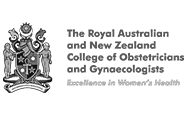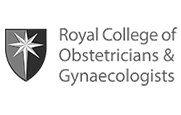Treatment for abnormal Cervical Screening Test LLETZ
What is a LLETZ procedure?
LLETZ stands for Large Loop Excision of Transformation Zone and is a surgical procedure to remove the area with abnormal cells with a wire loop device. The transformation zone is an area around the cervical opening where cells are susceptible to undergo changes. A LLETZ procedure is indicated when high-grade abnormality is detected on Cervical Screening Test (CST) or on colposcopic biopsy.
What is involved with a LLETZ procedure?
LLETZ procedure is carried out under general anaesthesia in a hospital as a day surgery procedure. A speculum is placed in the vagina to separate the vaginal walls in order to clearly visualise the cervix. A special dye is applied to the cervix to outline the area where abnormal cells are located. This area is then removed with a wire loop device. Local anaesthesia is used to minimise postoperative pain and a special solution called Monsel’s solution is applied over the area to minimise infection and bleeding.
What to expect after a LLETZ procedure?
You may experience mild cramps for a day or two following the procedure, which simple analgesia such as Panadol or Nurofen should help. It is common to have some brown coloured or lightly blood-stained vaginal discharge that clears over 2- 3 weeks as the area heals.
What to avoid after a LLETZ procedure?
Following the LLETZ procedure, precautions should be taken to allow the area to heal without complication:
- One should avoid strenuous exercise for 1-2 weeks
- Use pads instead of tampon for 3-4 weeks to minimise bleeding and chance of infection
- No sexual intercourse for 3-4 weeks
- No bathing or swimming for 3-4 weeks
What to look out for after LLETZ?
There is a 1% chance of developing an infection where one may experience vaginal bleeding with pelvic pain and possibly also a fever, typically occurring 7-10 days after the procedure. This infection responds well to oral antibiotics.
Follow up after a LLETZ procedure
A follow up appointment is necessary to discuss the pathology results and check that the areas have healed well. Following the LLETZ procedure, yearly testing is recommended to ensure there is no residual abnormality. Persistent findings of positive HPV or the presence of mild abnormal cells requires ongoing yearly testing. When two consecutive yearly tests are negative, one is said to have completed the ‘Test of cure’ which is when one can revert back to 5 yearly screening.















